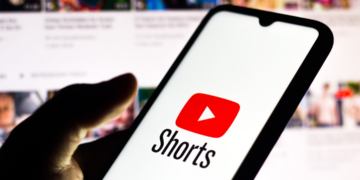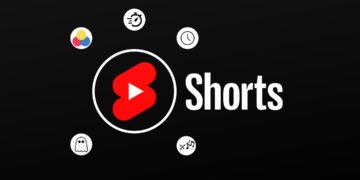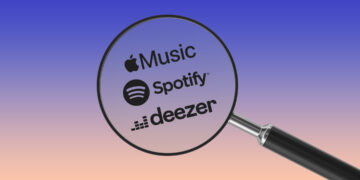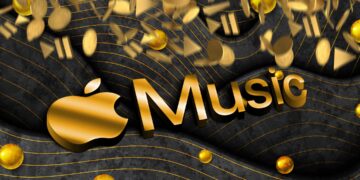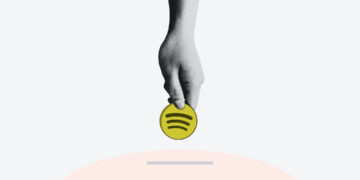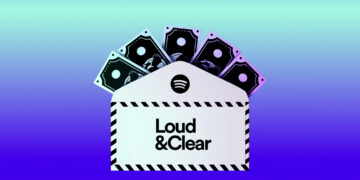Sources of Income on YouTube
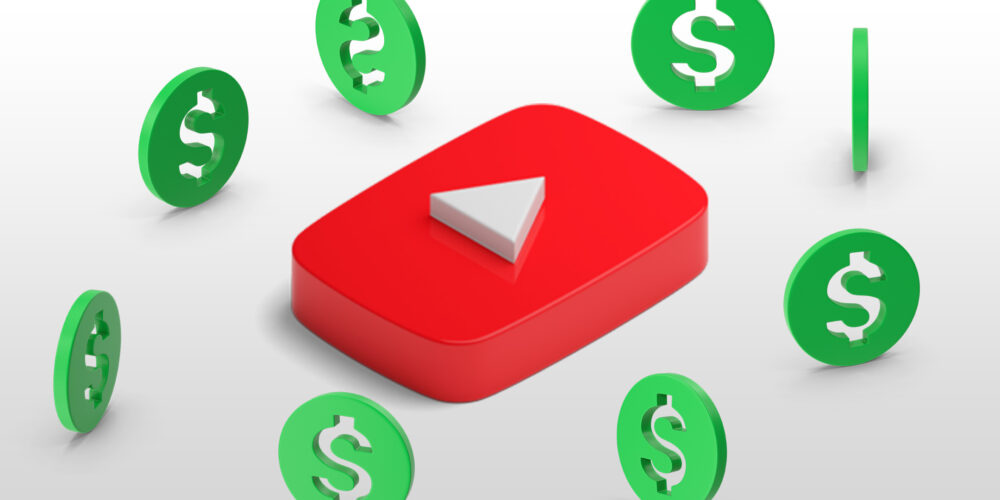
- What an Art Track is and how to get paid for it
- How YouTube monetization via Content ID works
- What other revenue streams are available on YouTube
For many, YouTube is simply the place where they upload their music videos. What they fail to consider is that there is no platform where people listen to as much music as they do on YouTube – around 250 million hours every single day, in fact! YouTube Music is also one of the fastest growing streaming services with about 50 million subscribers currently. In this post, we will show you the different sources of revenue that YouTube offers.
Art Tracks
An Art Track is created when your distributor delivers your music to YouTube Music. It’s a music video with a static image (album cover), the audio file, and the most vital metadata. These art tracks are available to paying customers both of YouTube Music and of YouTube Premium, as well as via the “regular” YouTube for everyone else. On iGroove, you can choose between two delivery options: making your music available for premium users only or for free, as well.
Either way, you will get paid – similar to Spotify: you either receive a portion of the subscription revenues (from the premium listeners) or of the ad revenues (from the listeners who use YouTube for free).
iGroove has recently started offering sales trends for YouTube, as well. These give you the almost daily updated numbers of streams you have generated with your Art Tracks, so you don’t have to wait until the final statement is made available.
YouTube monetization
The second most important source of revenue is the monetization via the Content ID. If you upload your releases onto your Content ID via your distributor, it will regularly scan all the videos YouTube and identify all uploads that contain your music. If it finds any, ads will be added to the videos in question, and the revenues they generate will flow to you. So, you still earn money even when others upload your music to YouTube.
Videos
Of course, you can also generate income with the videos you upload yourself. Provided your channel meets the requirements, you can monetize your uploads yourself. Otherwise monetization is also possible via your distributor and the Content ID (provided the videos contain your music).
Other sources of income
To offer content creators more opportunities to make money, YouTube has introduced various tools over the past few years which may be interesting for musicians, as well. Some of these include channel memberships, merch sales, tickets for virtual events, or the tipping features Super Thanks, Super Chat, and Super Stickers. However, to use these features, you have to fulfill various criteria first.
Conclusion
YouTube has set the goal of becoming the leading revenue generator for the music industry. Even though they have a reputation of paying musicians horribly little, YouTube is already a source of revenue not to be underestimated. If the subscriber numbers and the ad revenues continue to grow this rapidly, they will be indispensable before long.
